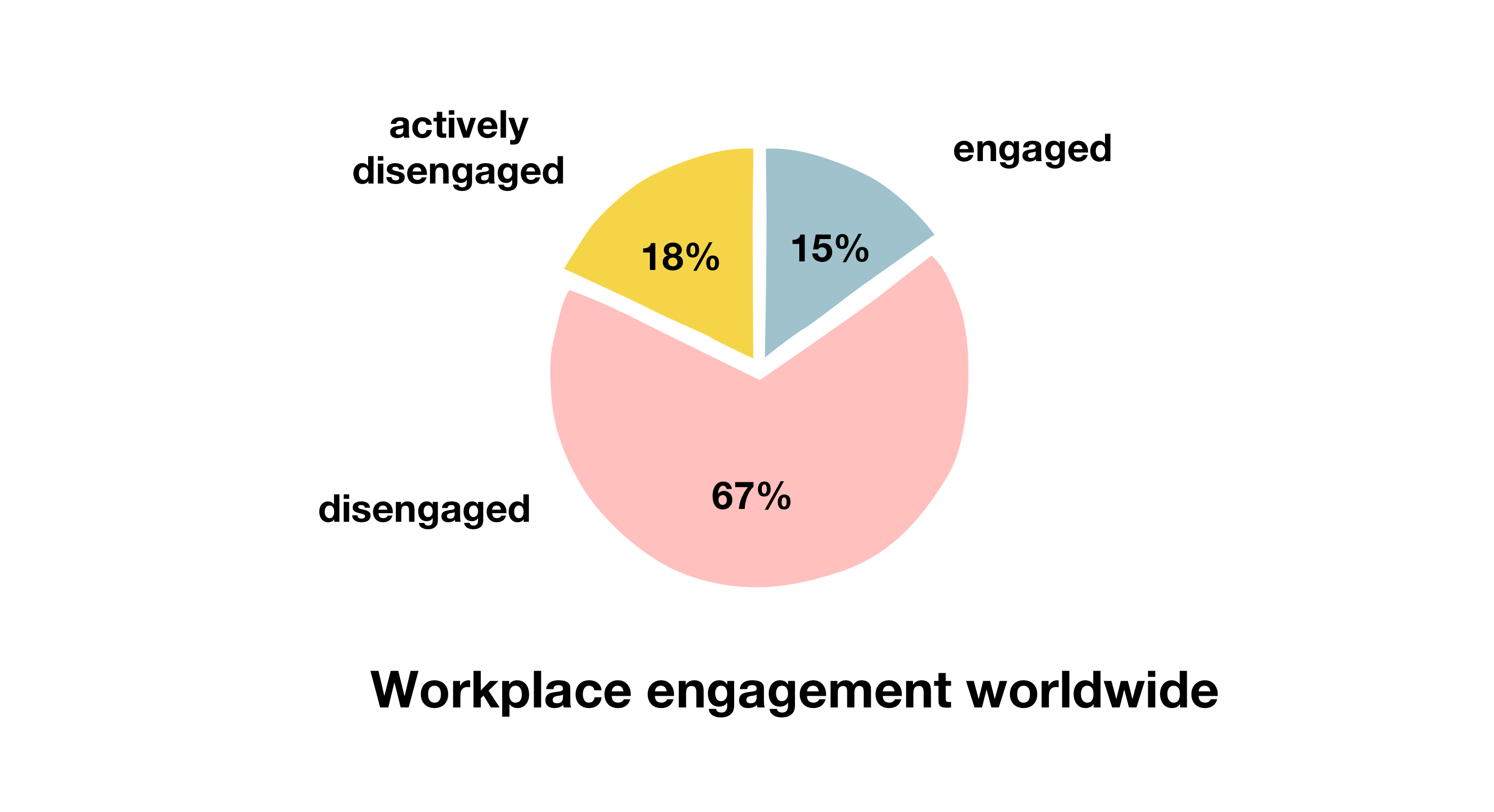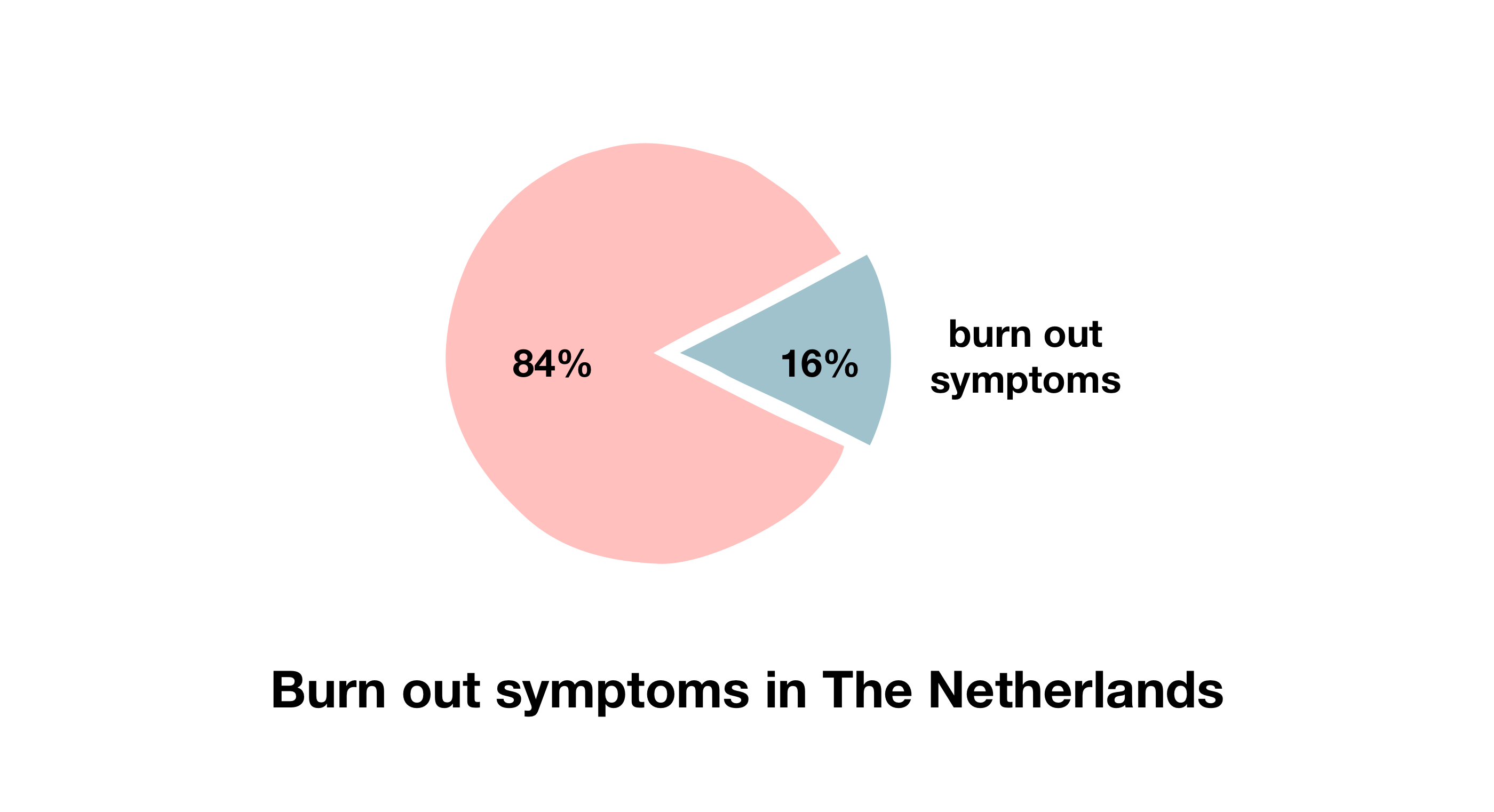

Covid-19. Seven months in, and the past truly feels like another life. Nowadays, every time I see people shaking hands in a movie, or see a large group of people in a picture, I automatically think: “That’s pre-Covid!”
The pandemic took us all by surprise, and suddenly a lot of things had to change overnight. Work was one of them. And to be honest, lately I see a lot of companies and its people struggle with keeping up their productivity.
Right now, working together is tough. But to all those who want to go back to the old normal, or a slightly adjusted normal, it’s worth remembering that our old way of organising work and running organisations, wasn’t working for us either. Maybe on a superficial level it was, but there were more structural and bigger issues that needed to be solved. And the numbers show it. Covid-19 just magnified those defects and challenges.
If work is a broken leg, maybe we should stop hoping a band-aid will fix the problem, but see a doctor instead. Now is the time.
This article is the first of a three-part series that I composed of lectures I gave at Philips, Hyper Island and Frankwatching. This part will dive deeper into the problems we have with the way we organise today’s work. In the second article I will analyse how that problem came to be, and I’ll share solutions in the third one.
The evidence speaks for itself, the way we organise work and run organisations doesn’t work anymore. Gallup’s State of the Global Workplaceis the leading research on employee engagement, and their latest global research of 2017 done in 155 countries, shows how bad things are. Their conclusion?
Let that sink in. Only 15% of employees are engaged. According to Gallup, these people “are psychological owners that are highly involved in and enthusiastic about their work and workplace. They drive performance and innovation and move the organization forward.”


While 15 percent of employees are engaged, 67% of them are not engaged. They are “psychologically unattached to their work and their company, and because their engagement needs are not being fully met, they’re putting time — but not energy or passion — into their work.”
Most tragic is that 18% of employees are actively disengaged. According to Gallup, they sabotage the workplace because they “aren’t just unhappy at work — they are resentful that their needs aren’t being met and are acting out their unhappiness. Every day, these workers potentially undermine what their engaged co-workers accomplish.”
However, these statistics are the worldwide averages. Unfortunately the numbers in Western Europe are even lower. Here, just 10% of employees are engaged at work, while the vast majority of 71% are not engaged, and 19 percent are actively disengaged.
Work is one of the places where we spend most of our time in life. Isn’t it sad that only 15% or even less of employees are actively contributing to their work and workplace, because they are enthusiastic about it?
Sadly, not only are we disengaged, our work makes us sick — literally.
TNO, The Dutch Organisation for Applied Scientific Research, registers each year how many employees have burnout symptoms. What do the statistics tell us? While in 2007, 11 percent of employees had burnout symptoms, each year, the percentage is higher. In their latest publication of 2017, 16 percent of employees had burnout symptoms.

